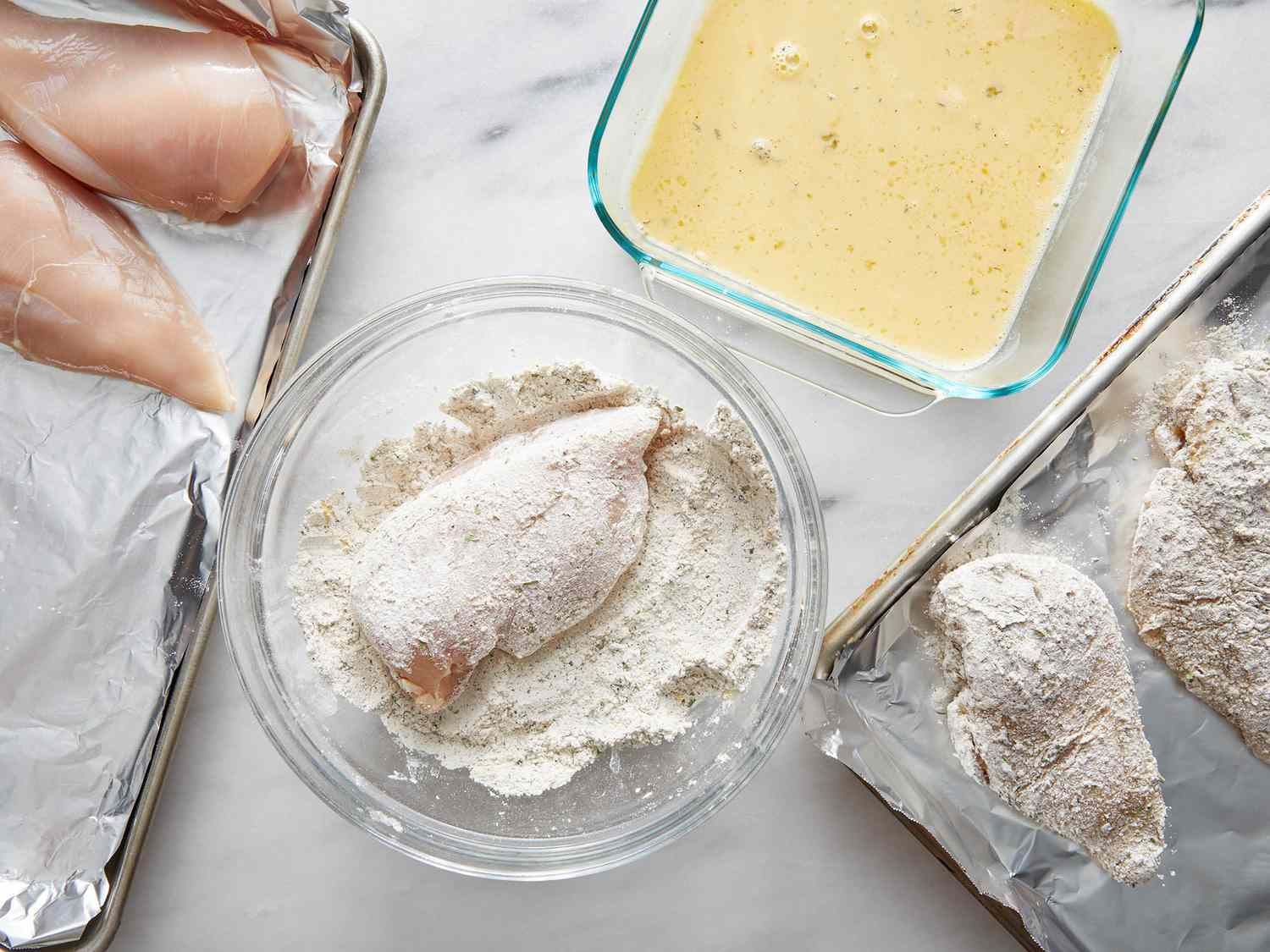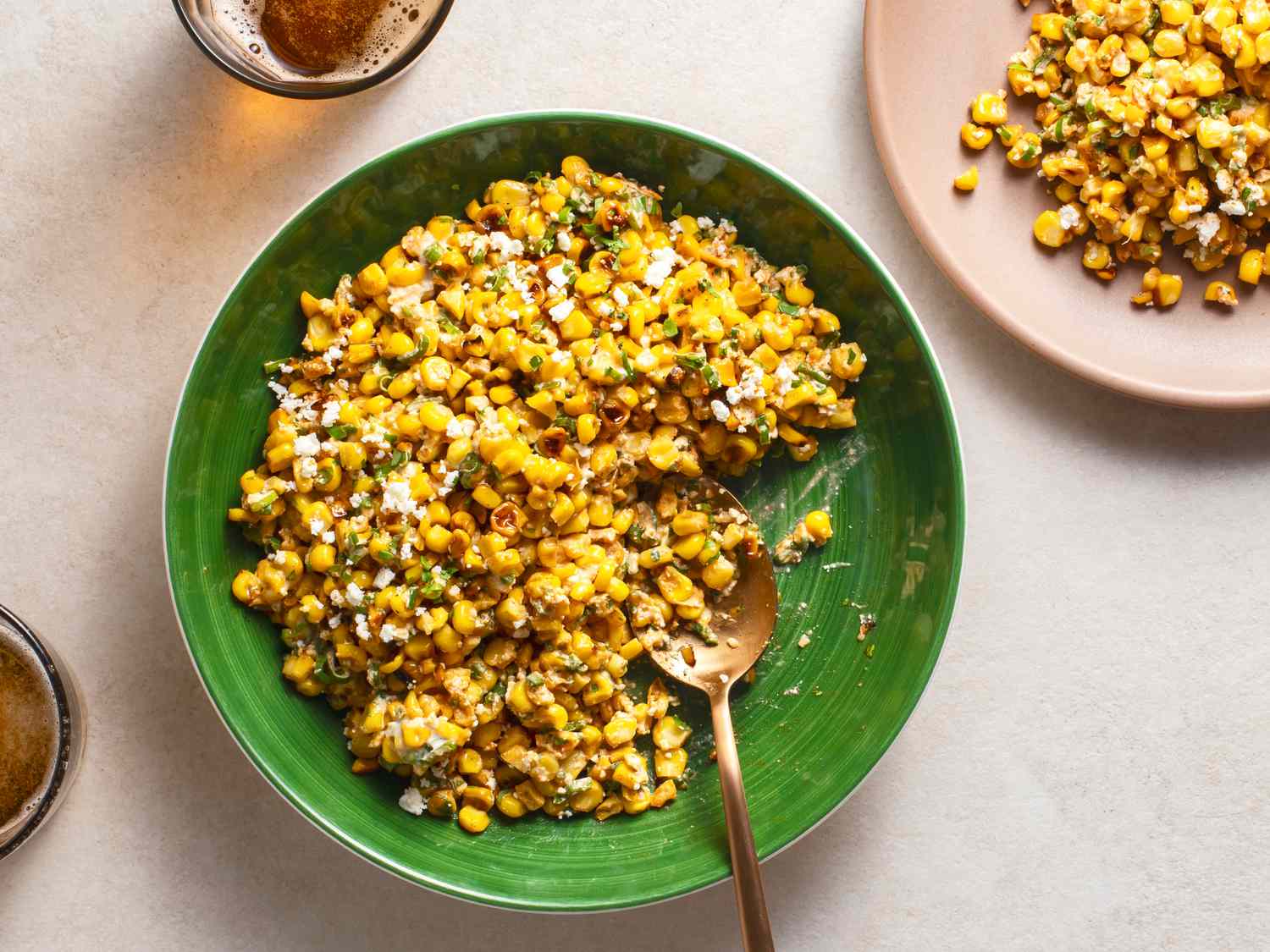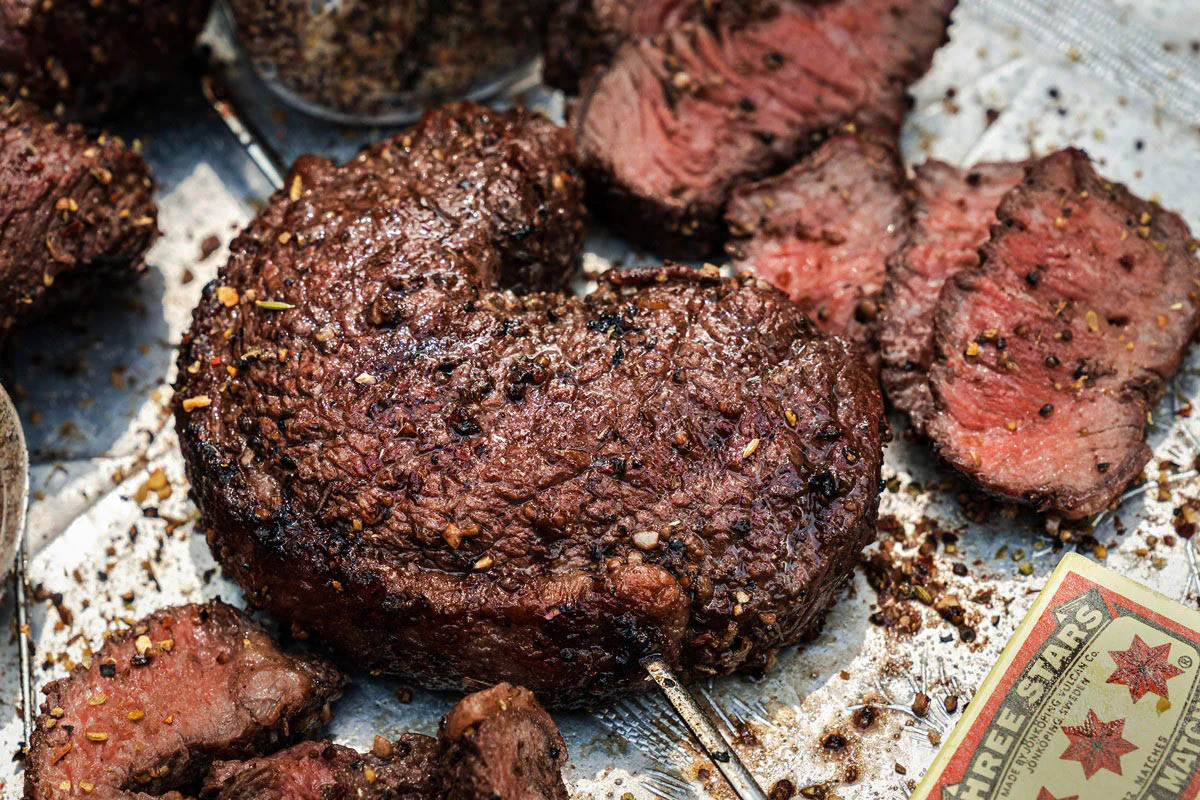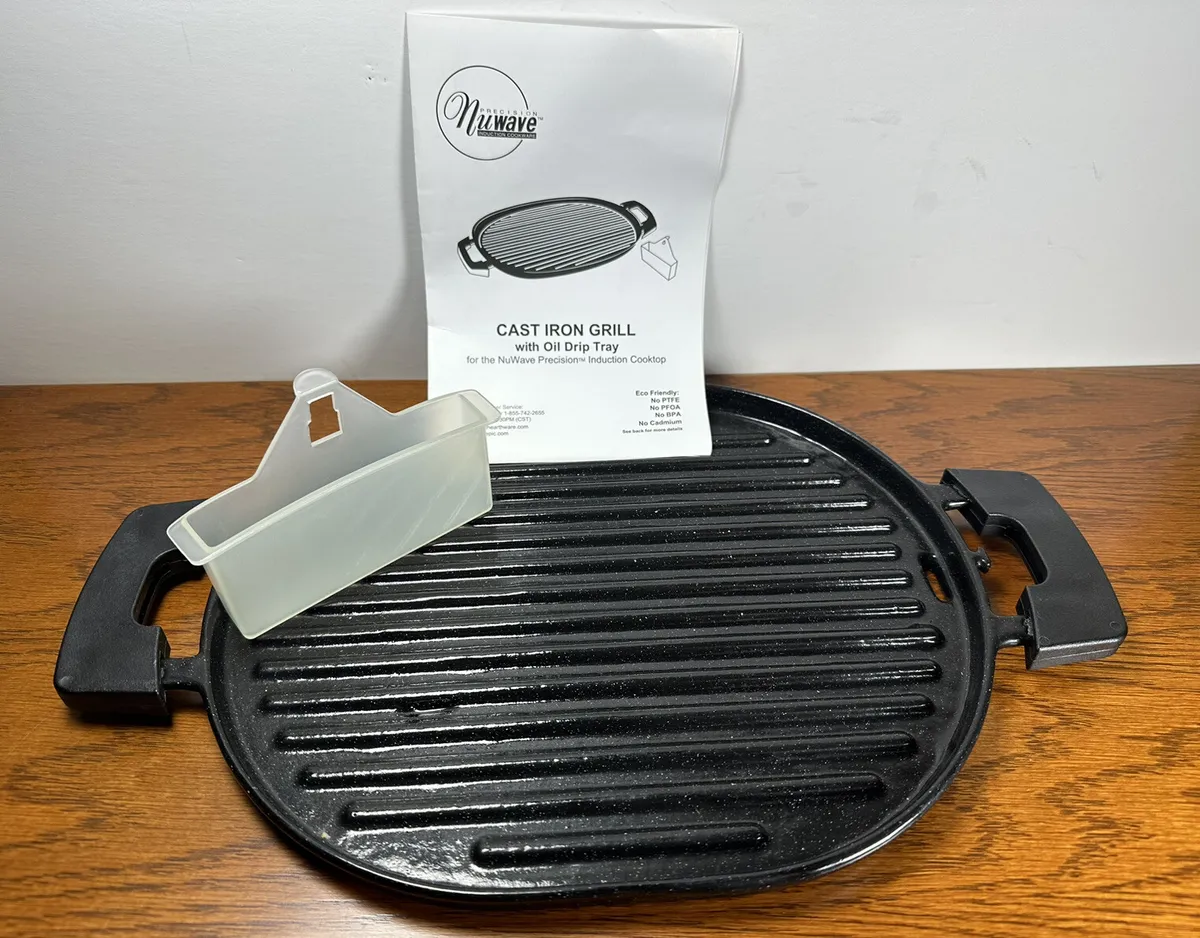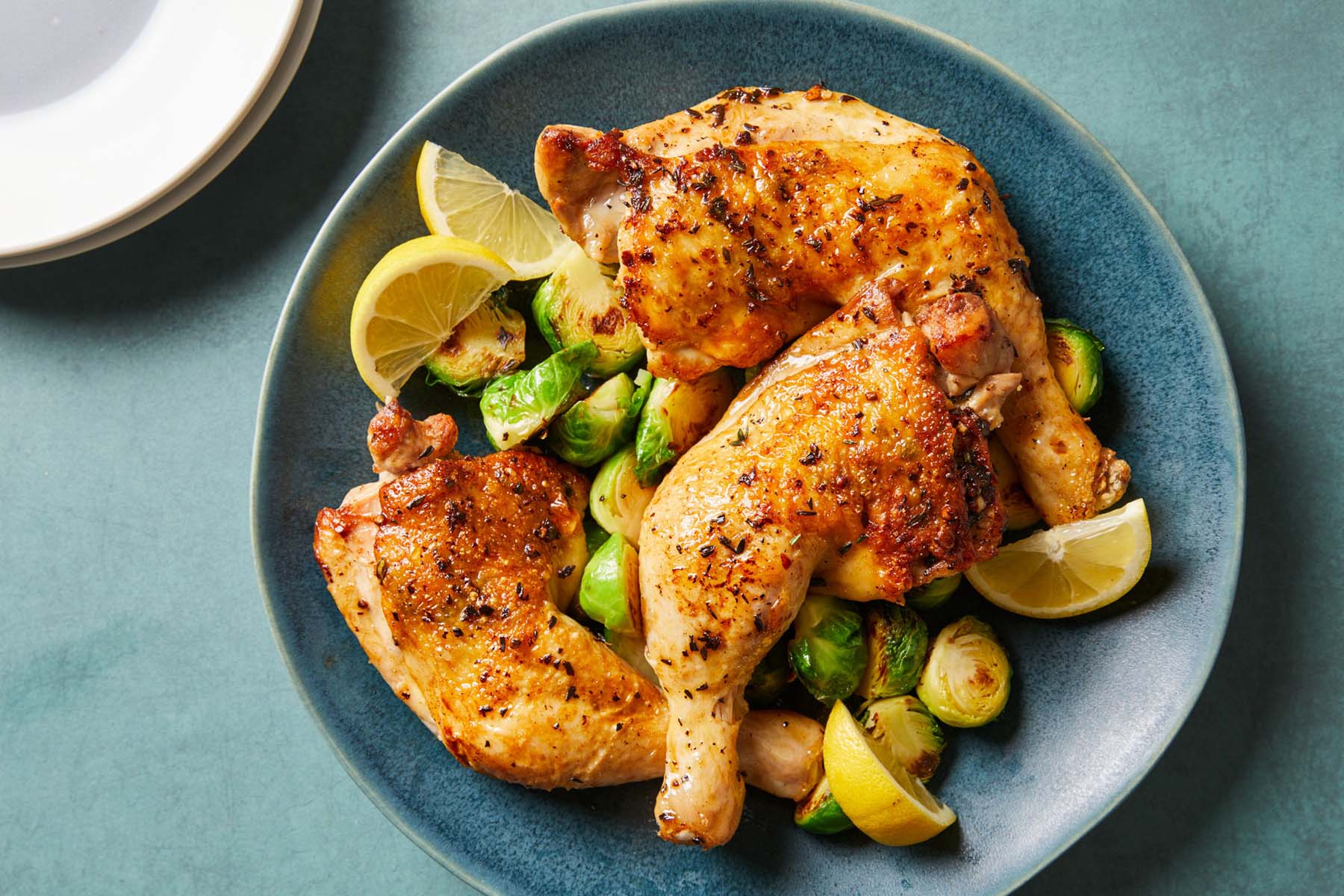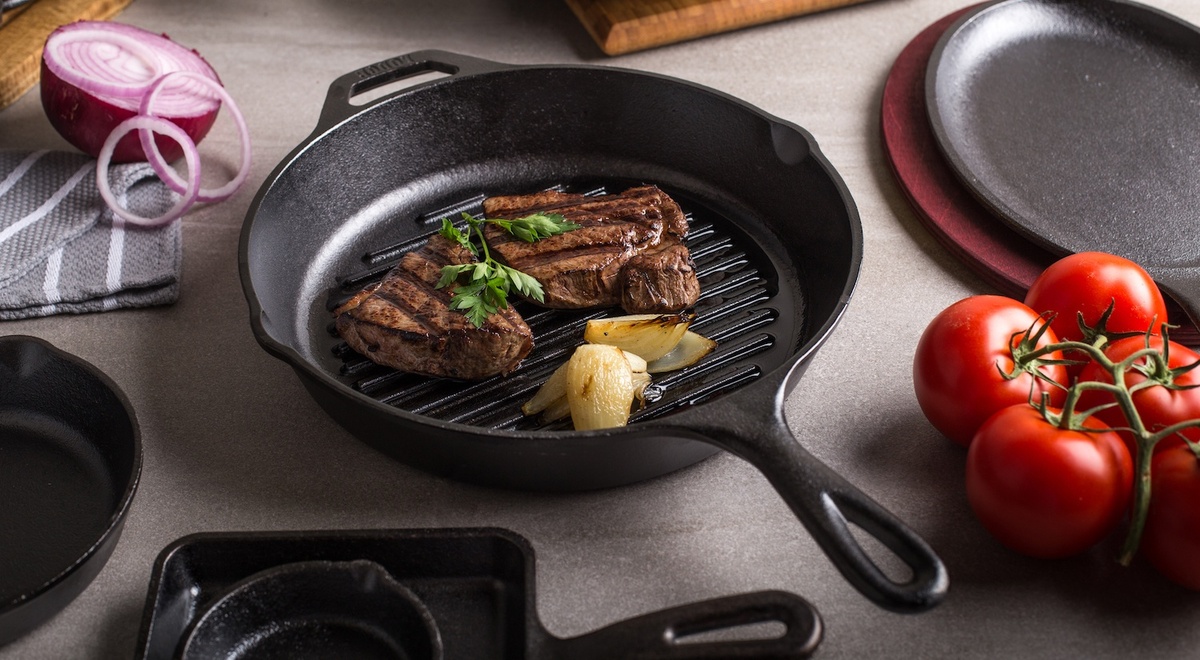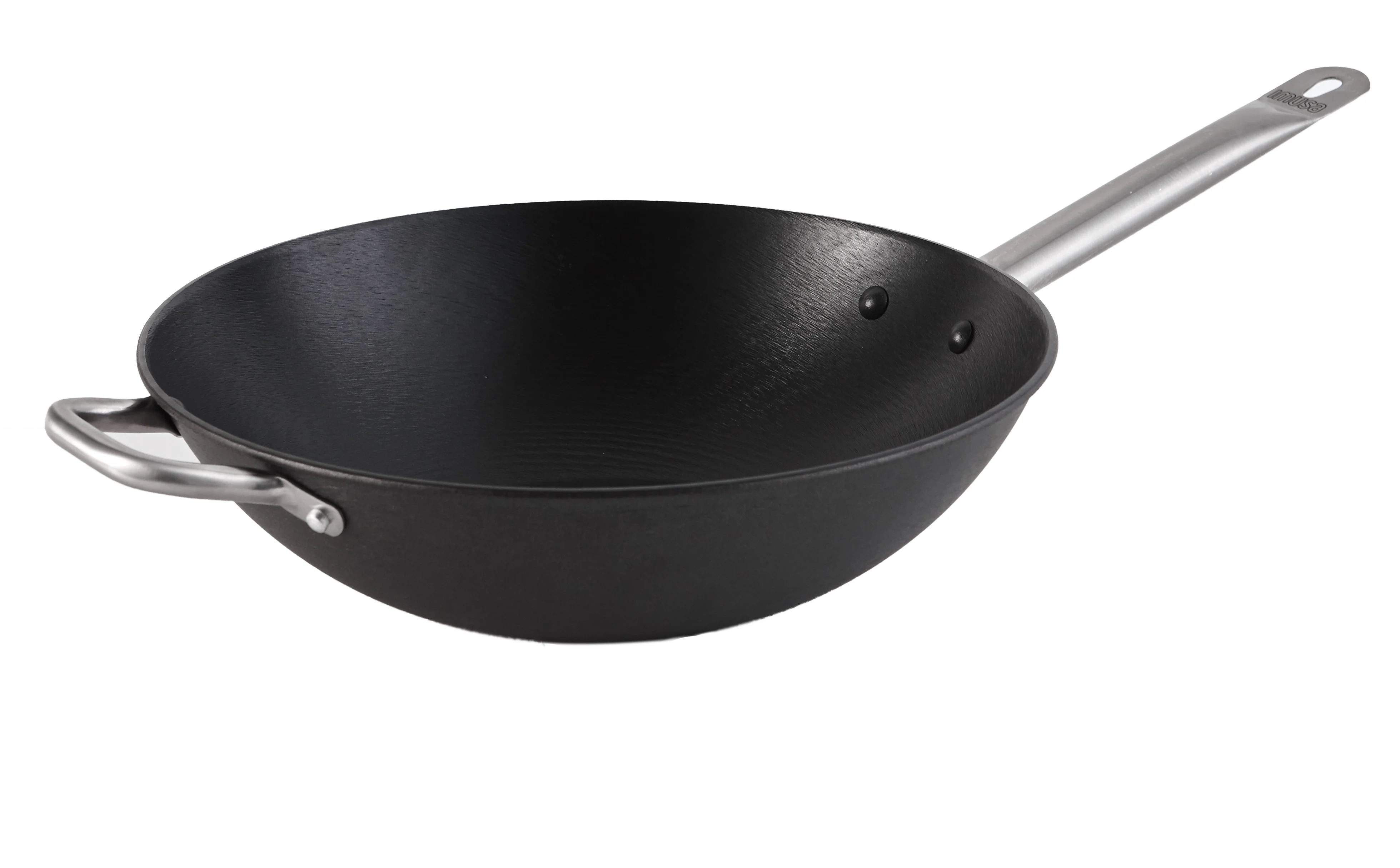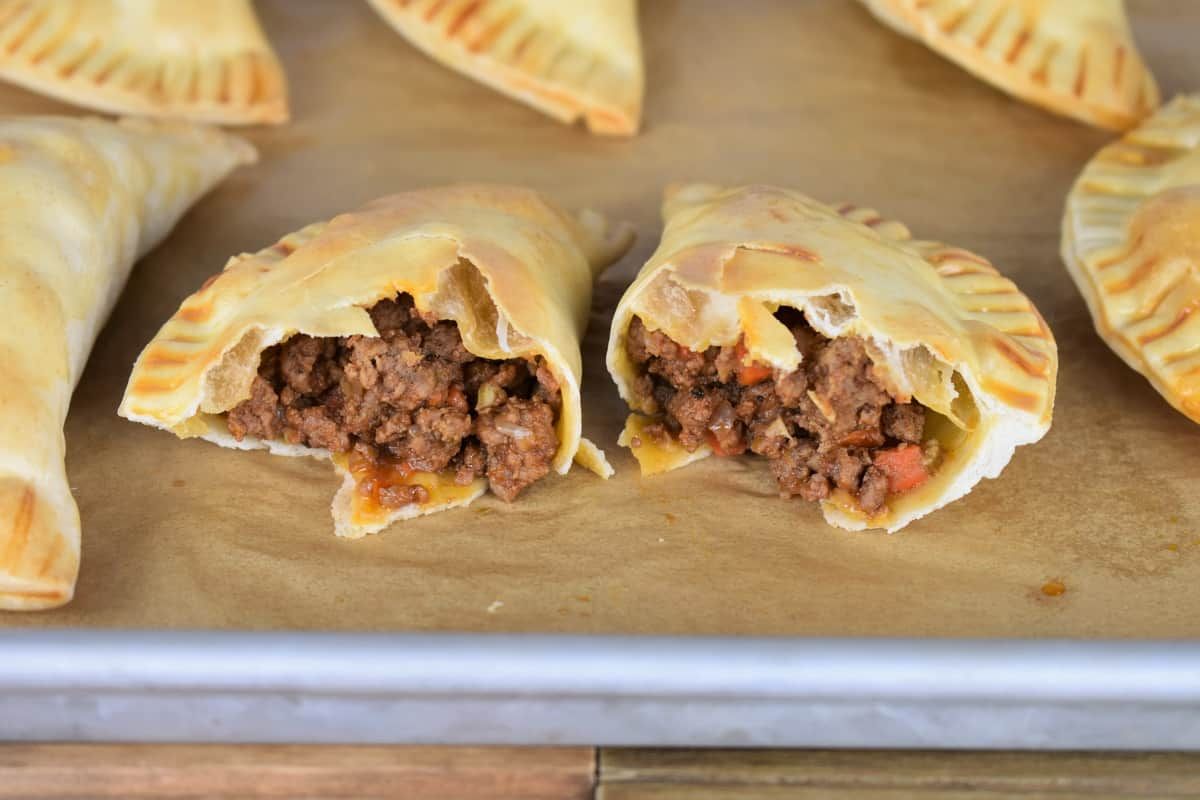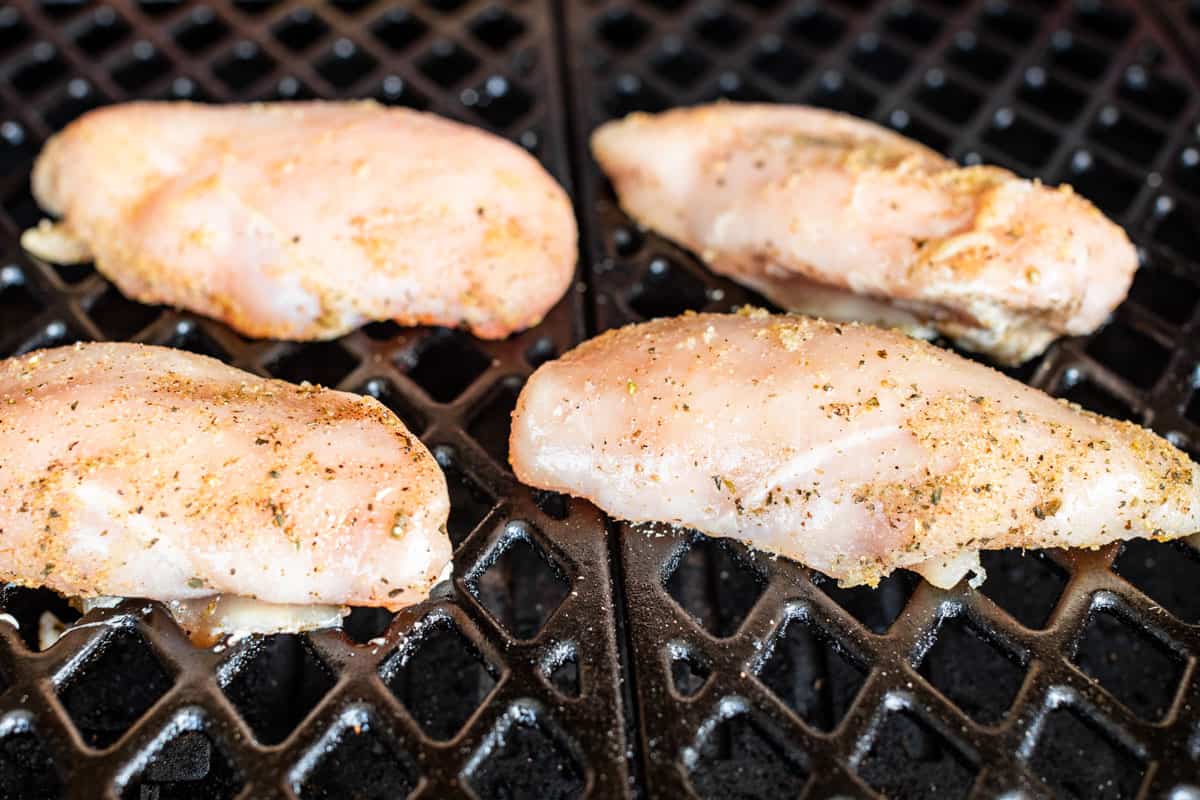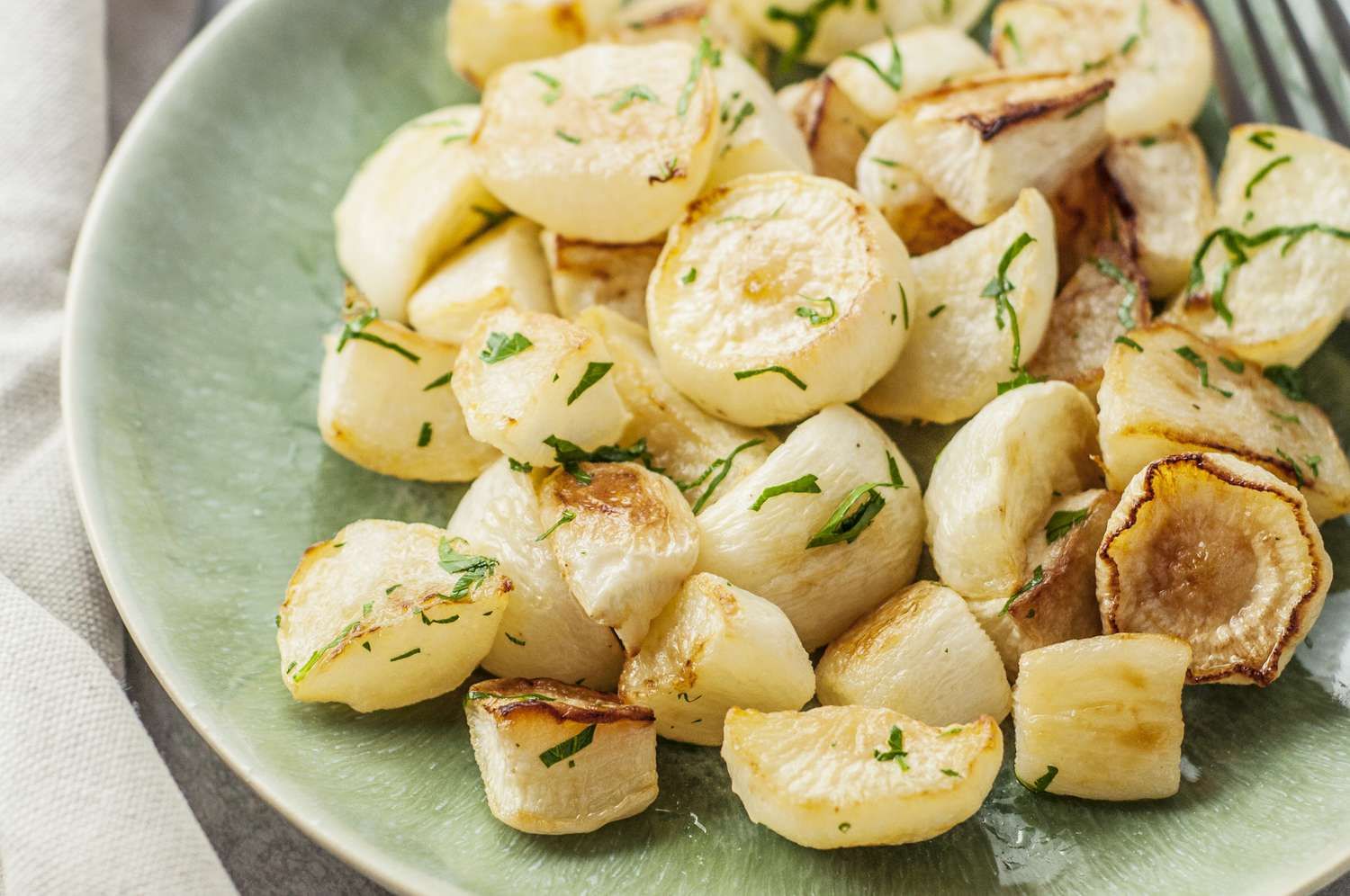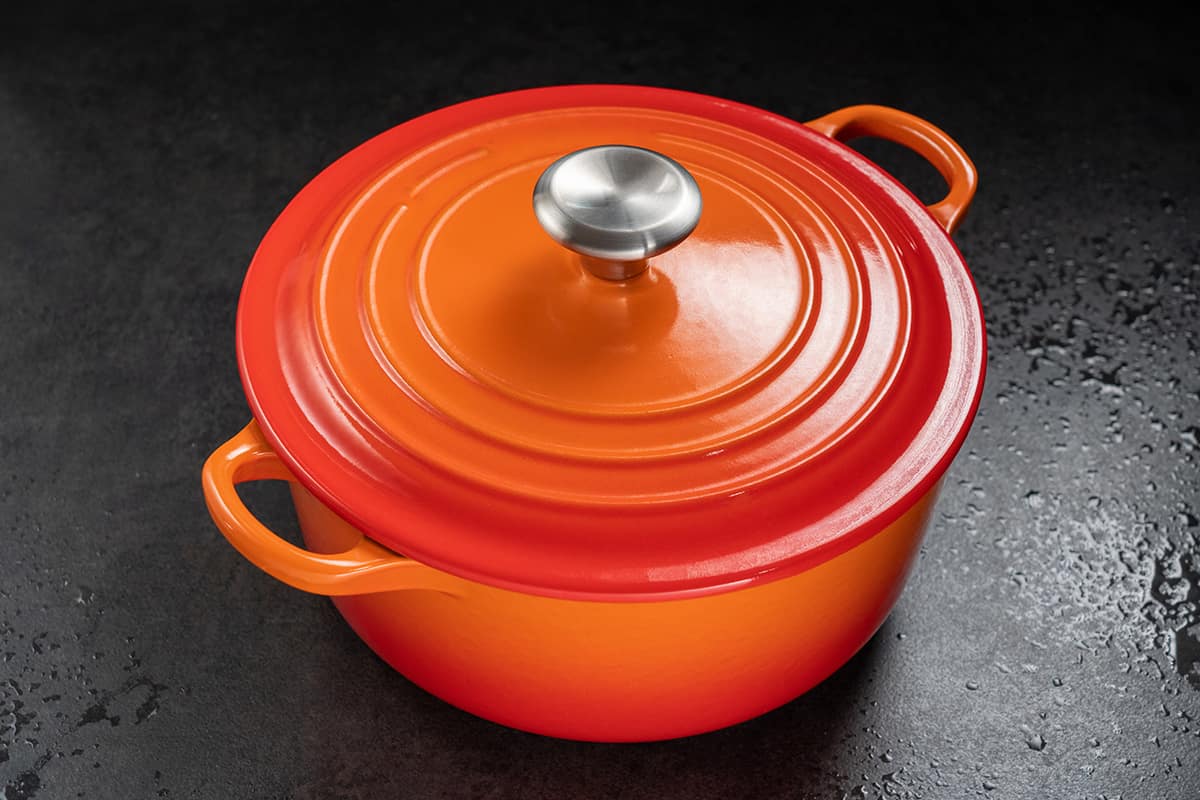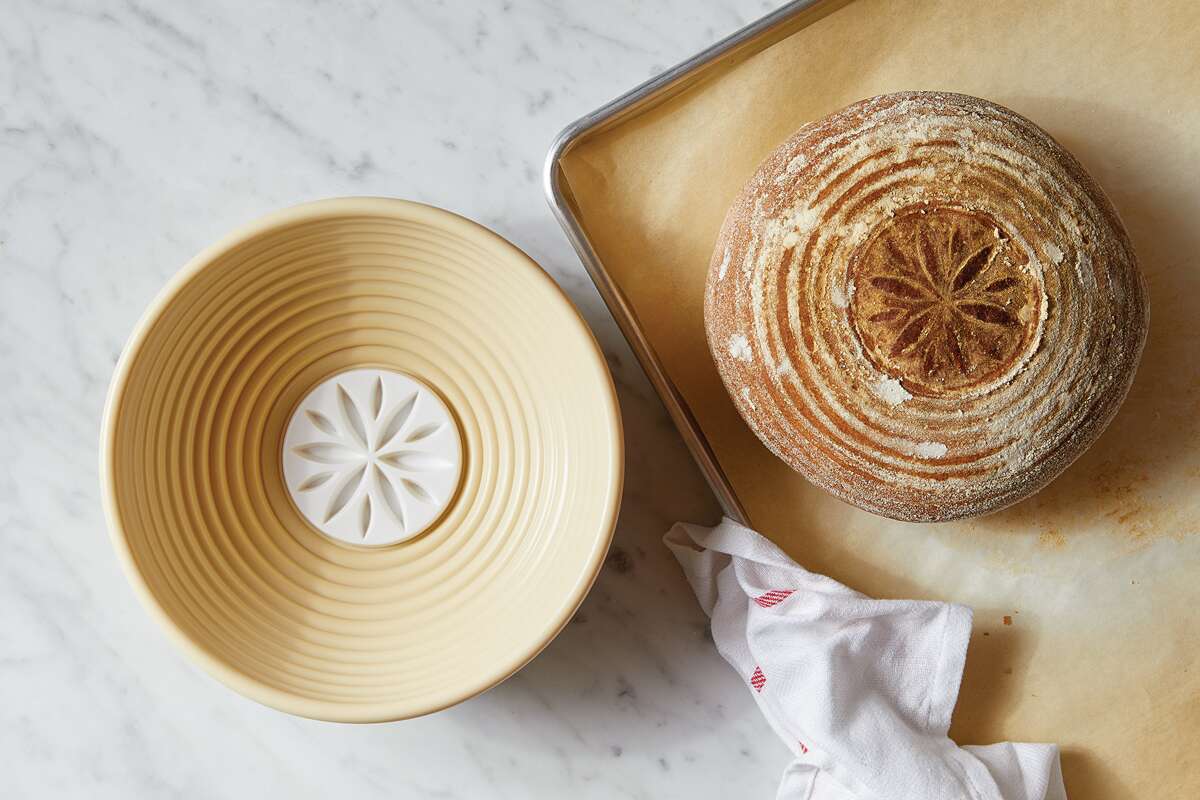Seasoning Rusty Cast Iron: A Guide Inspired by Alton Brown
Cast iron cookware is a kitchen essential that can last for generations when properly cared for. However, if neglected, cast iron can develop rust, making it seem beyond repair. Fortunately, with the right techniques, it’s possible to restore and season rusty cast iron, bringing it back to its former glory. In this guide, we’ll explore the process of seasoning rusty cast iron, drawing inspiration from the expertise of renowned chef Alton Brown.
Understanding the Importance of Seasoning
Before we dive into the process of seasoning rusty cast iron, it’s crucial to understand why seasoning is essential. Seasoning not only prevents rust but also creates a natural, non-stick cooking surface, enhancing the performance of the cookware. When done correctly, a well-seasoned cast iron pan can rival the performance of modern non-stick cookware, making it a valuable asset in any kitchen.
Materials You’ll Need
Before you begin the seasoning process, gather the following materials:
- Steel wool or a stiff brush
- Dish soap
- Warm water
- Paper towels or a clean cloth
- Vegetable oil or shortening
- Aluminum foil
Step-by-Step Seasoning Process
Now that you have your materials ready, it’s time to start the seasoning process. Follow these steps inspired by Alton Brown’s expertise:
- Remove the Rust: Use steel wool or a stiff brush to scrub off the rust from the cast iron. If the rust is extensive, you may need to use a rust remover. After scrubbing, wash the cookware with dish soap and warm water to remove any remaining rust particles.
- Dry Thoroughly: Use paper towels or a clean cloth to dry the cast iron completely. Ensure that there is no moisture left on the surface.
- Apply Oil: Using a paper towel, apply a thin layer of vegetable oil or shortening to the entire surface of the cast iron, including the exterior and handle.
- Remove Excess Oil: After applying the oil, use a fresh paper towel to wipe off any excess oil. The cast iron should have a thin, even coating of oil to facilitate the seasoning process.
- Bake the Cast Iron: Preheat your oven to 375°F (190°C). Place a sheet of aluminum foil on the bottom rack to catch any drips. Then, place the oiled cast iron upside down on the top rack of the oven. Bake for 1 hour.
- Cool and Repeat: After an hour, turn off the oven and let the cast iron cool inside. Once it’s cool enough to handle, repeat the oiling and baking process for a total of 3-4 times, or until the cast iron develops a smooth, dark patina.
Maintaining Seasoned Cast Iron
Once you’ve successfully seasoned your rusty cast iron, it’s important to maintain its seasoning for long-lasting performance. Here are some tips to keep your cast iron in top condition:
- After each use, clean the cast iron with hot water and a brush. Avoid using soap, as it can strip away the seasoning.
- Thoroughly dry the cast iron after washing to prevent rust from forming.
- Apply a light coating of oil after each use to maintain the seasoning.
- Store the cast iron in a dry place to prevent moisture buildup.
Conclusion
Seasoning rusty cast iron may seem daunting, but with the right techniques and a little inspiration from Alton Brown, it’s a rewarding process that can breathe new life into your cookware. By following the steps outlined in this guide and maintaining the seasoning, you can enjoy the benefits of well-seasoned cast iron for years to come.
Remember, a well-seasoned cast iron pan is not just a kitchen tool; it’s a piece of culinary history that can be cherished and passed down through generations.
Was this page helpful?
Read Next: How To Season Ham And Pea Soup
Kwick Packaging
Kwick Packaging is an emerging name in Packaging industry and offering custom printed packaging boxes and solutions to customers who are looking for better partners for their products packaging.
